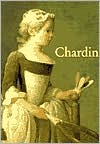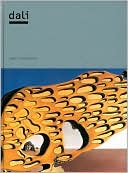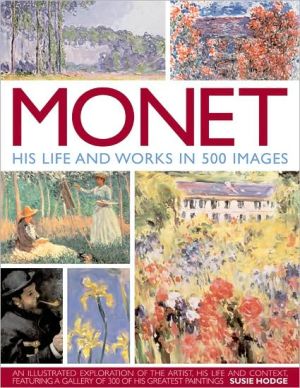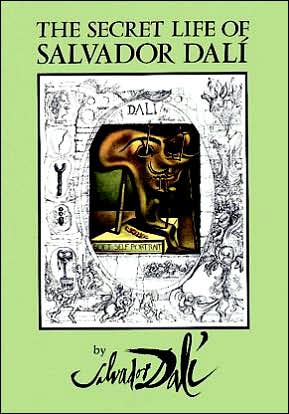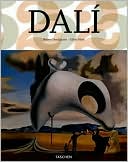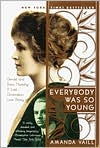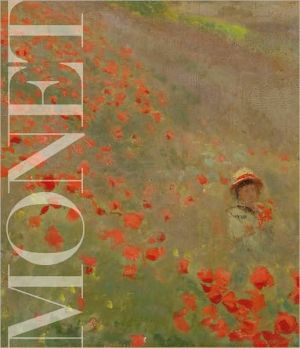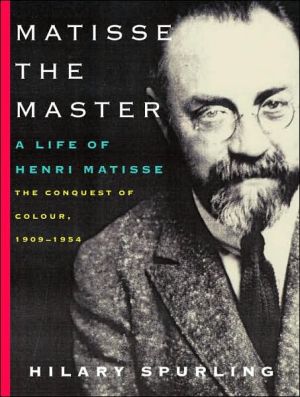Chardin
This book is the catalogue of an international exhibition of Chardin's work, timed to coincide with both the twentieth anniversary of the great 1979 Chardin exhibition and the tercentenary of the painter's birth. Beginning at the Grand Palais in Paris, the exhibition travels to the Kunstmuseum im Ehrenhof in Dusseldorf, the Royal Academy of Arts in London, and The Metropolitan Museum of Art in New York.
Search in google:
This book is the catalogue of an international exhibition of Chardin's work, timed to coincide with both the twentieth anniversary of the great 1979 Chardin exhibition and the tercentenary of the painter's birth. Beginning at the Grand Palais in Paris, the exhibition travels to the Kunstmuseum im Ehrenhof in Dusseldorf, the Royal Academy of Arts in London, and The Metropolitan Museum of Art in New York.Publishers WeeklyRosenberg's concise pk analysis of the 18th-century Parisian painter Jean Baptiste Simeon Chardin, known predominantly for his harmonious still lifes, is appreciative yet fair-minded. Chardin, born in 1699, apprenticed at the studios of the artists Cazes and Coypel, beginning in 1718. Admitted to the Royal Academy in 1728 on the basis of his highly regarded still lifes The Skate and The Sideboard , the painter owed little, according to Rosenberg, to the Academy's ``official precepts,'' showing ``small inclination to be trained as one of those painters of historical scenes then considered to be the only real artists.'' The author touches upon Chardin's ``special contribution'' to the genre of still life--``a subtle interplay of light and shade, a softening of the outlines,'' and the famous ``thick and clotted brushwork''--and examines the painter's ``incapacity to paint from the imagination,''p. 47 relying instead on keeping his subject right before his eyes. Rosenberg's informative text is accompanied by handsome illustrations of Chardin's work, including many of his figure paintings. The author also includes critical comments from artists and writers, such as Diderot, van Gogh and Malraux. Rosenberg ( Laurent de la Hyre ) is head curator of the Department of Painting for the Louvre. (Aug.)
Preface14Chronology19Chardin: The Unknowing Subversive?27Ceramics and Glass in Chardin's Paintings37Chardin's Property and Sources of Income55Chardin Multiplied61Anglo-Saxon Attitudes: Recent Writings on Chardin77Chardin and the Far Side of Illusion99CatalogueChardin's Beginnings and His First Still-Lifes113Utensils and Household Objects, and First Commissions157Genre Scenes185Chardin's Return to Still-Life Painting257The Pastels321List of Exhibitions and Bibliography332Index of Names348Index of Works351Photo Credits355
\ Publishers Weekly\ - Publisher's Weekly\ Rosenberg's concise pk analysis of the 18th-century Parisian painter Jean Baptiste Simeon Chardin, known predominantly for his harmonious still lifes, is appreciative yet fair-minded. Chardin, born in 1699, apprenticed at the studios of the artists Cazes and Coypel, beginning in 1718. Admitted to the Royal Academy in 1728 on the basis of his highly regarded still lifes The Skate and The Sideboard , the painter owed little, according to Rosenberg, to the Academy's ``official precepts,'' showing ``small inclination to be trained as one of those painters of historical scenes then considered to be the only real artists.'' The author touches upon Chardin's ``special contribution'' to the genre of still life--``a subtle interplay of light and shade, a softening of the outlines,'' and the famous ``thick and clotted brushwork''--and examines the painter's ``incapacity to paint from the imagination,''p. 47 relying instead on keeping his subject right before his eyes. Rosenberg's informative text is accompanied by handsome illustrations of Chardin's work, including many of his figure paintings. The author also includes critical comments from artists and writers, such as Diderot, van Gogh and Malraux. Rosenberg ( Laurent de la Hyre ) is head curator of the Department of Painting for the Louvre. (Aug.)\ \ \ \ \ Library JournalThis catalog of the paintings of the beloved 18th-century French artist Jean-Baptiste-Sim on Chardin accompanies an exhibition already seen in Paris, Dusseldorf, and London and just arriving at the Metropolitan Museum of Art, New York. As a whole, this volume provides a comprehensive evaluation of the work of the artist. Rosenberg, the director of the Louvre and a noted expert on Chardin who curated the exhibition, contributes the preface and lead essay preceding contributions by six other curators and academics. Scholarly discussions include the sources for the different kinds of glass and porcelain used in Chardin's still lifes, the modern and subversive nature of the artist's subject matter, and the prints made after Chardin's paintings. A particularly excellent essay is that of Colin B. Bailey, chief curator of the National Gallery of Canada, who in clear and lucid writing examines how the methodologies of the new art history have elucidated our understanding of the artist and his relation to 18th-century culture. In the catalog section, beautiful plates are accompanied by detailed entries. Highly recommended for both academic and art libraries as well as for general book collections.--Sandra Rothenberg, Framingham State Coll. Lib., MA Copyright 2000 Cahners Business Information.\\\ \ \ Times Literary SupplementNeither dark nor light, neither brown nor grey, indistinctly shot with vague directionless flurries of the brush, the upper reaches of the canvas labelled "Bowl of Plums, Peach and Water-Pitcher" offer no resting place for the viewer's attention. Yet this blur is where the paintwork launches out from; the chaos on which Chardin will impose substantial objects.\ Working up from that base, he will set down their bodies in thin white tonal washes; tamp these back into the ground with earthy or sooty overlays; regather for another move upward into the light; conceal his traces again, glazing however, with ever more forceful hues, before committing himself to the declamatory flash of impasto. That top-level enactment of textures can be fluid and oily, as for instance in this\ canvas when he conveys the glowing fullness of the Chinese ewer - or at other junctures among his still lives of the late 1720s, when he renders the jumble of a partridge's plumage or the highlight on his favourite silver goblet. More often, a brushload of near-dry paint rasps over the grain of the canvas with an irritative sensuality, here dragging a cool opaque bloom over the deep translucent heat of plum-flesh, elsewhere skittering around to reproduce the optical buzz of rabbit fur. Most often these impasto deliveries, so smartly witty and economical, are the hooks that capture the viewer's eye and secure the presence of the objects in his mind. But they are set against the hinterland of dun blur, as orchestrated components of a single poised and compact performance.\ \ \
